
views
- Selvedge denim is made on shuttle looms that organically weave in the edges of the fabric, securing the threads and making a more durable denim.
- Selvedge denim is said to be sturdier than other denim, last longer, fade more elegantly, and shape to your body more comfortably.
- Spot selvedge denim by turning up the cuff of your jeans. Selvedge denim will have a neat edge with a colored line of thread along the vertical seam.
What is selvedge denim?

Selvedge denim is denim with finished edges. To make selvedge denim, a shuttle loom passes a “shuttle,” or a sort of loaded bobbin, through parallel threads to weave the denim fabric. As it goes back and forth, it creates a “self edge,” or edges that are naturally bound and finished by the weaving process itself. The shuttle weaves the “weft,” or the lighter, whitish fabric, through the stationary “shed,” or the hallmark blue fabric, to create a panel of denim.
Is selvedge denim better than other kinds of denim?
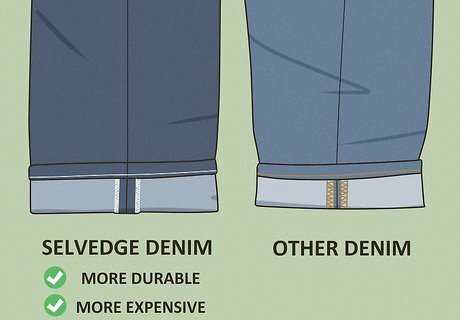
Selvedge denim is more durable, and more expensive, than other denim. Because the edges of selvedge denim are naturally woven and secured into the fabric itself, selvedge denim is often much more durable than other types. It’s also said to fade more naturally and elegantly, and to conform to your body over time, making for a more personalized and comfortable fit. This process is time- and labor-intensive and produces narrower bolts of fabric, making selvedge denim more expensive than other types. Many types of denim made today are made with “projectile looms,” which produce the material one weft thread at a time, leaving loose threads that are fastened after the fabric panel is made.
How can I spot selvedge denim?
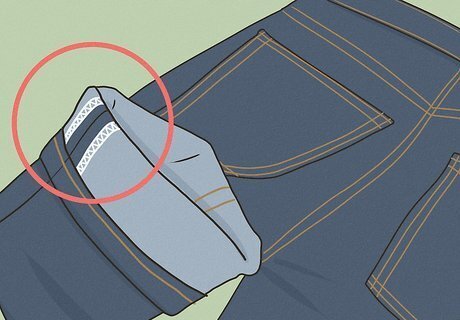
Selvedge denim has a distinctive colored stripe under the hem. Turn up the hem of your jeans and look for the vertical seam where the fabric panels are joined. If your jeans are selvedge denim, spotting this will be easy—this seam will be marked with a colored stripe that’s usually red or orange. This is the finished edge of the fabric—the self edge itself.
What’s the history of selvedge denim?
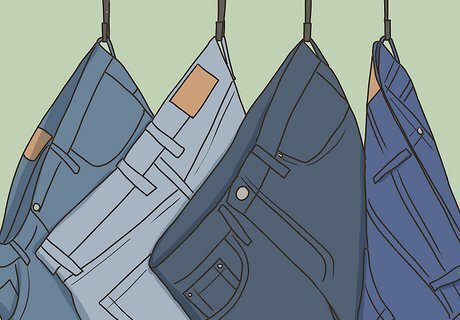
Selvedge denim was the original denim manufacturing method. The history of selvedge is the history of denim. When denim was first being manufactured in America by producers like Levi Strauss back in the 19th century, they used now-traditional shuttle looms to do so, which gave the denim that iconic selvedge we covet today. Cone Mills Denim in Greensboro, North Carolina, which opened in 1905, was the epicenter of America’s denim production, and was where many producers filed patents for denim.
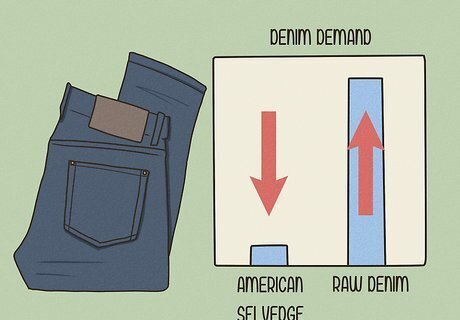
American selvedge began to disappear as denim demand soared. Traditional methods of weaving denim are neither cheap nor quick, so as denim became wildly popular after WWII, producers turned to other weaving methods to meet demand, and selvedge denim began to disappear. The Cone Mills denim factory shuttered in 2017, marking an end to 112 years of selvedge production and, in many ways, the end of an era.

Japanese producers kept selvedge alive. While selvedge production dropped off in America, a number of Japanese producers procured their own shuttle looms and began to make their own selvedge denim. Now, Japan is one of the largest producers of selvedge denim, and Japanese producers have their own processes and hallmarks, and are known for their meticulous eye for detail and quality. In comparison to American selvedge, Japanese selvedge is somewhat rougher and thicker, and is famous for often being hand-dyed with indigo, a costly and labor-intensive process. Some popular Japanese producers include Kurabo, Kuroki, Kaihara, and Toyoshima, among others.
How is selvedge denim different from “raw” denim?
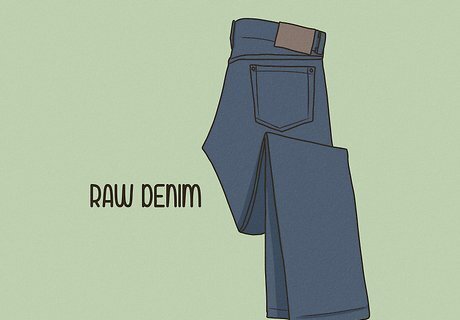
Raw denim is denim that hasn’t been washed by the producer. Most selvedge denim is raw, which just means the denim hasn’t been washed before you wear it, and is said to make the denim more durable and form-fitting. It’s valued for the graceful way it ages and fades, and holds the shape of your body the longer you wear it. Raw denim can be washed as usual, but be prepared for it to shrink 1-2 sizes after that first wash.













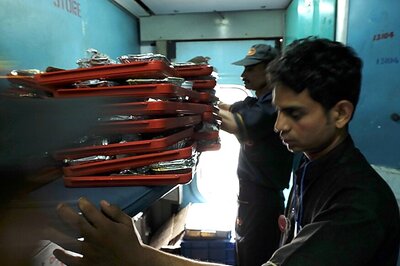






Comments
0 comment